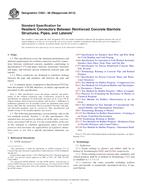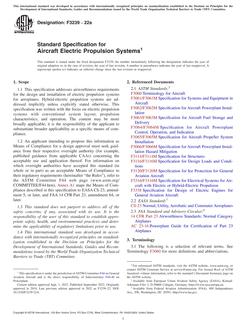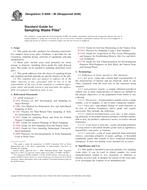1.1 Microorganisms attach to surfaces and grow, forming communities that are called biofilms. In addition to microorganisms, biofilms may contain the by-products of microbial growth ( that is, polysaccharides, enzymes, etc.), inorganic ions (that is, Mg, Ca, Fe, etc.) and organic materials (that is, oil, exudates from plants or animals, etc.). Biofilms may be found in many places, including on cooling system equipment ( that is, cooling towers, heat exchangers, etc.), water and oil pipelines, food and pharmaceutical processing surfaces and lines, dental water unit lines and medical prosthetic devices.
1.2 Biofilm formation may lead to reduced heat transfer in cooling towers, decreased fluid flow in pipelines, corrosion of metal surfaces, spoilage of food and pharmaceutical products, and infection in humans. The adverse impact of biofilm growth has led to the need for chemical or physical treatments for controlling them. This may involve preventing biofilm formation, inactivating microbes in biofilms and removing biofilms.
1.3 Since biofilms may form in many different types of systems, no one method can be presented that evaluates all the factors affecting biofilm control; therefore, many methods are presented for forming biofilms. Detecting and measuring biofilms and microorganisms within biofilms are important in evaluating control procedures. Many procedures are listed and referenced for measurement of microorganisms in biofilms and biofilm mass and activity.
1.4 The purpose of this guide is to inform the investigator of methods that can be used for biofilm formation and measurement, allowing development of test procedures for determining the effectiveness of chemical treatments for prevention, inactivation, and removal of unwanted biofilm. This guide is a teaching tool that will help the researcher in planning studies for controlling biofilms. This guide is not an exhaustive survey of biofilm methods. It is recommended that the researcher consult the latest information on biofilm methods from the published scientific literature and from appropriate internet sites, using biofilm as the keyword.
1.5 Discussions of various methods for evaluating efficacy of potential control materials against microorganisms in solution are available.
Product Details
- Published:
- 10/10/2000
- Number of Pages:
- 6
- File Size:
- 1 file , 67 KB
- Redline File Size:
- 2 files , 130 KB


